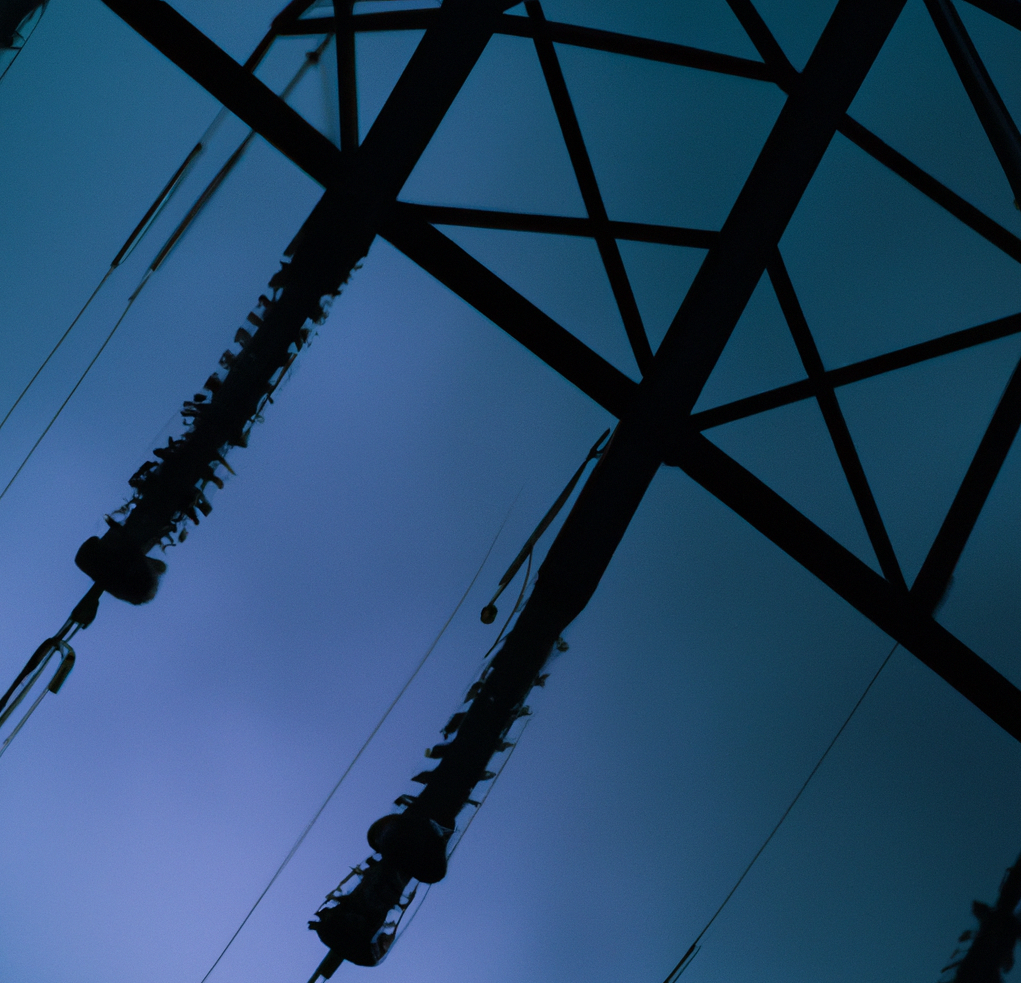Green Energy Transition and Market Evolution: Lessons from the Nordic Balancing Market

The transition to green energy is not just about reducing carbon footprints; it’s about creating a sustainable future where energy security and environmental stewardship coexist seamlessly. Central to this evolution is the establishment of reliable energy markets that can adapt to the dynamic nature of renewable energy sources. The Nordic region offers valuable insights into this journey. The Nordic balancing market has pioneered mechanisms that cater to the unique challenges posed by green energy, offering a roadmap for the broader European context.
Understanding the Nordic Balancing Market
The Nordic balancing market operates within Nord Pool, the leading power market in northern Europe. It's designed to ensure that electricity production and consumption are balanced in real-time, which becomes increasingly challenging with the intermittency of renewable energy sources such as wind and solar.
This market operates in two main stages:
- Day-Ahead Market (DAM): Participants submit their expected production and consumption for each hour of the next day.
- Intraday Market: Adjustments are made closer to the actual hour of operation to account for any unpredictability.
To keep the electricity system in balance, the system operators purchase and activate reserves, ensuring grid reliability. The significance of this market is heightened due to the increasing share of renewables in the Nordic energy mix.
The Success of the Nordic Model
The Nordic balancing market's effectiveness can be attributed to several key factors:
High Integration of Renewables: The Nordic countries have consistently prioritized green energy. For instance, Denmark's wind turbines often generate over 140% of the country's electricity needs. This large-scale adoption has necessitated the development of an effective balancing market.
Interconnectivity: The Nordic countries benefit from strong interconnections, allowing them to trade electricity seamlessly. When there's an energy surplus in one country, it can be easily exported to a neighboring country in deficit.
Flexible Resources: Hydro power, predominant in Norway and Sweden, serves as a flexible resource. When there's an abundance of wind or solar energy, hydro plants can reduce their output, and during lulls, they can ramp up production.
Collaborative Approach: Nordic countries have prioritized cooperation and shared strategies, leading to the development of a more resilient and interconnected grid system.
Potential for Expansion to Europe
The Nordic balancing market offers a viable model for the broader European energy landscape for several reasons:
Addressing the Renewable Challenge: As countries like Germany and Spain ramp up their renewable energy installations, they face challenges similar to those addressed by the Nordic model. The intraday adjustments and robust reserve mechanisms of the Nordic balancing market can help manage the volatility of renewable energy.
Emphasis on Interconnectivity: Europe's energy security and efficiency can be greatly improved through increased interconnectivity. By ensuring that countries can trade energy freely, it's easier to manage periods of surplus and deficit.
Digital Integration: The Nordic countries have leveraged technology to improve predictions, trading, and grid management. This digital integration, incorporating AI and advanced analytics, can be replicated across Europe to create smarter grids that respond dynamically to energy demands.
Decentralized Energy Production: The transition to green energy also means a shift from large, centralized power plants to more decentralized energy sources. The Nordic model, with its emphasis on localized energy production and consumption adjustments, offers a blueprint for managing this decentralization.
Challenges and Considerations
While the Nordic model presents a strong case, there are challenges to consider:
Diverse Energy Landscapes: European countries have varied energy landscapes. For instance, while Norway has abundant hydro resources, Germany has invested heavily in solar. Each source comes with its own set of challenges that might require modifications to the Nordic model.
Infrastructure Costs: Building interconnections and enhancing grid infrastructure will require significant investment. Policymakers will need to evaluate these costs against long-term benefits.
Regulatory Harmonization: To truly replicate the Nordic model's success, European countries would need to harmonize regulations, ensuring that energy can be traded freely and efficiently across borders.
The green energy transition is redefining the way we produce and consume energy. As the world grapples with the challenges of integrating renewable energy into the grid, the Nordic balancing market stands out as an exemplar. Its emphasis on real-time adjustments, interconnectivity, and cooperative strategies offers a vision of a resilient, green, and interconnected European energy landscape. While challenges exist, the Nordic experience provides hope, direction, and a foundation upon which Europe can build its green energy future.
